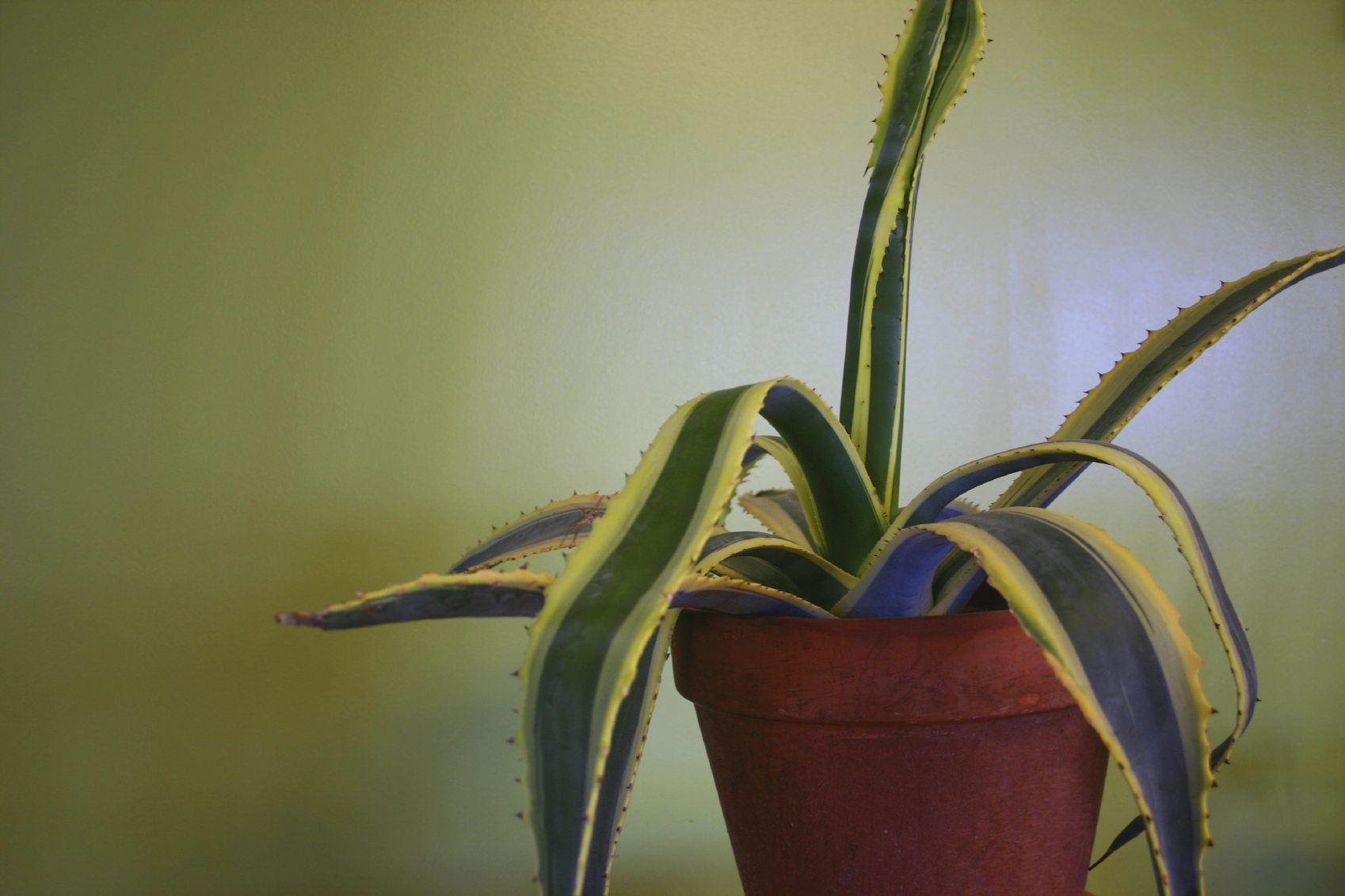Yucca Leaf Curl: Tips On Caring For Curling Yucca Plants


Yuccas can make incredible and dramatic houseplants, if you know how to care for them properly. Often, inexperienced keepers find their plants begin to complain and then all-out riot with symptoms like curling leaves. When your plants develop yucca leaf curl, take a deep breath and look closely at their care and growing conditions. Don’t worry, you’re not alone – we’ll help you with caring for curling yucca plants.
Why are My Yucca Leaves Curling?
When you see yucca plant leaves curling, it’s easy to panic and worry that your plants are perched at the edge of the abyss between life and death, but usually these problems are ugly and very minor. In fact, more often than not, the biggest damage linked to curled leaves is the cosmetic defect itself. However, if you notice curling leaves on yucca, it’s important to find the source. After all, until you know what the problem is, you can’t stop it. There are two main causes of leaf curl, those are: Care issues. Yucca, like many species, require exacting conditions for optimal health. Too much or too little sun, or improper feeding or watering can result in unusual symptoms. In yucca, a lack of light and too much water may both be cause for curling leaves. Make sure your plant is getting at least eight hours of bright, indirect sunlight and just barely enough water to keep it alive. Waiting until the top inch (2.5 cm.) of the pot feels dry will help prevent root rot. If your plant stands in water all the time, you need to get rid of that catch saucer or repot it into a container with better drainage. Sap-feeding insects. Insects like aphids and thrips feed by tapping directly into plant cells and sucking out the fluid inside. If they do this while the leaves are developing, it can cause the tissues to twist, curl, or pucker. Although you can see both aphids and thrips, they are very small and may require a hand magnifier to distinguish from the background. They also tend to hide in small crevices between leaves or within the plant’s crown. Use insecticidal soap to cure these soft-bodied pests. A once-a-week spray regimen can kill adults and emerging nymphs, but you’ll have to be vigilant and continue spraying for a few weeks after the last pest is seen to ensure you’ve killed all potential hatchlings. Tissues damaged by sap-feeding insects will never recover, but if your plant has plenty of undamaged leaves, you can pick off a few damaged ones with no issue.
Sign up for the Gardening Know How newsletter today and receive a free copy of our e-book "How to Grow Delicious Tomatoes".

Kristi Waterworth was a regular contributor to Gardening Know How for many years, answering countless queries on plant pests and diseases.